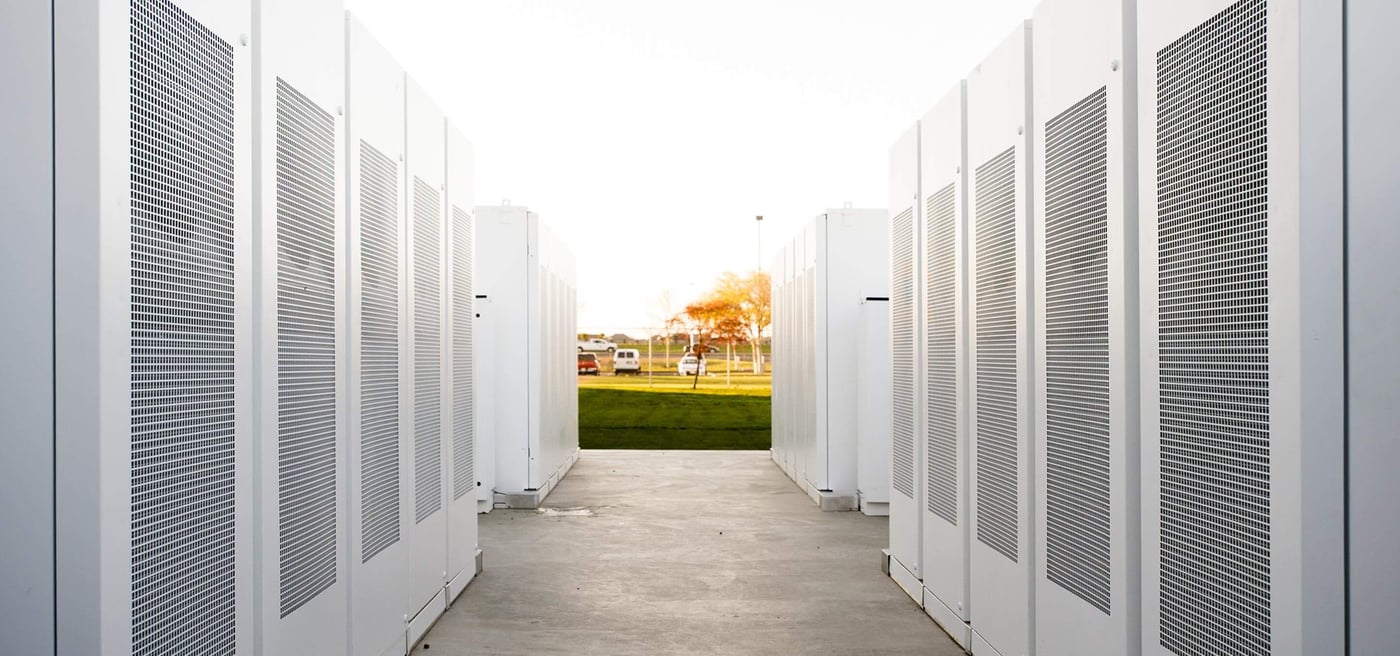
The economic model for larger scale batteries is slightly different from the model for residential / small commercial batteries.
In the economics of storage on a large commercial scale the focus shifts from on site use of solar and / or time-of-use optimisation to income from grid balancing services plus time-of-use optimisation (otherwise known as peak shaving or 'buying cheap, using peak').
The background behind the different revenue streams is set out in our page Benefits of Storage – Commercial (>50kWh).
The financial return, in terms of 10 year IRR%, available on large scale battery investments can be anywhere between 5% and 20%, depending on the tendered rate for providing grid balancing services, the contract term for such services, and on the savings from peak shaving.
By way of example, we have set out below the income and savings available from a 1,000kWh storage system with a 1,000kW charge and discharge capacity.
|
Income / Revenue per annum |
|||
|
Ancillary services (income) |
Firm frequency response during nights, weekends, and for all but a few weekdays around the Red Band; capacity market reserve |
£110,000 |
66% |
|
Time shifting (cost avoidance) |
Charge and discharge battery to reduce CM Levy, then DUoS |
£3,200 |
2% |
|
Discharge battery during the assumed TRIAD hours, using warning software to avoid TNUoS charges |
£55,000 |
33% |
|
|
Backup |
£6,000 |
-4% |
|
|
Running costs |
-£9,400 |
-6% |
|
|
Total |
£164,800 |
100% |
|
|
10 year IRR% / payback |
~ 20% |
3.5 - 4 years |
|
For more information, or to analyse the best option for you, please contact us on 0118 951 4490.
Copyright © Spirit Energy 2026 · info@spiritenergy.co.uk · 0118 951 4490
Jobs and Careers
Interested in joining the Spirit team? Email jobs@spiritenergy.co.uk
Spirit House, 25 Albury Close, Reading, RG30 1BD
(Location formerly known as 44 Portman Road, Reading, RG30 1EA)
Spirit Energy is the trading name of Spirit Solar Ltd · UK Company Number 07138647
Although care is taken to ensure that the information on our website (www.spiritenergy.co.uk) and any guides, calculators or checklists provided by us, electronically or otherwise, are accurate and up-to-date, we cannot accept any responsibility for mistakes or omissions. We enter into no express or implied conditions, warranties, terms or representations regarding the quality, accuracy or completeness of the information. We exclude to the extent lawfully permitted all liability for loss or damage, whether direct, indirect or consequential arising out of your use of our website or any guides, calculators or checklists provided by us, or from any information or omission contained in our website or any guides, calculators or checklists provided by us.